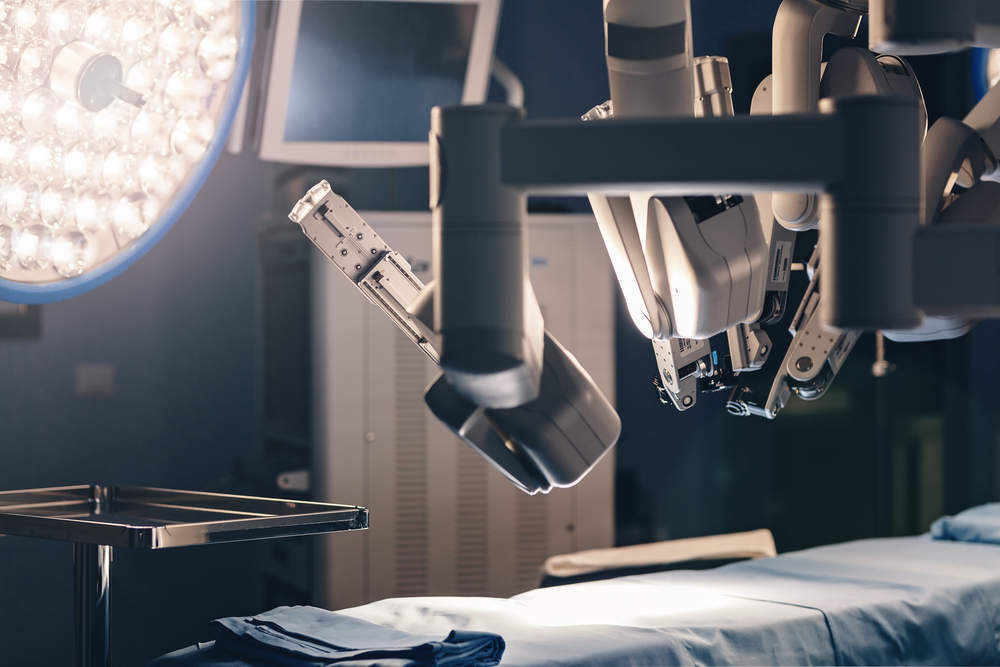
Modern medicine is increasingly reliant on new technology to develop more efficient and less invasive healthcare.
A new research project in Australia will make use of 3D implants and robotic surgery in the treatment of tumours and bone cancer in a bid to enhance the potential for limb-saving surgery and enable the removal of cancer and bone repair in the same procedure.
The project — a collaboration between the Australian Government, RMIT University in Melbourne, the University of Technology Sydney (UTS), St Vincent’s Hospital Melbourne, and medical technology firm Stryker — will combine robotics and 3D implants with advanced manufacturing to see the creation of customised implants for bone cancer patients.
With such rapid developments taking place it is hard to keep track of the new products coming out, but here are a few of the most recent projects.
Continuous glucose monitoring
The monitoring of glucose levels is moving away from finger pricks to high-tech sensors placed beneath the patient’s skin in the abdomen region.
This monitoring technique could drastically reduce spikes in glucose levels, and could take up to 288 readings per day.
How well do you really know your competitors?
Access the most comprehensive Company Profiles on the market, powered by GlobalData. Save hours of research. Gain competitive edge.

Thank you!
Your download email will arrive shortly
Not ready to buy yet? Download a free sample
We are confident about the unique quality of our Company Profiles. However, we want you to make the most beneficial decision for your business, so we offer a free sample that you can download by submitting the below form
By GlobalDataThe sensor can then be connected to medication administration devices or mobile apps to share readings with physicians as well as caregivers.
Smart watch to fight obstructive sleep apnoea
Obstructive sleep apnoea is when your breathing sporadically stops during sleeping.
There is a danger that it may lead to heart disease, brain attacks, diabetes or somnolence.
Most of the time people don’t realise that they have sleep apnoea. Neogia has developed its smartwatch, the Motio HW, that collects the wearer’s biometrics data (heart rate, respiratory rate) and sends them to an application.
Through a personalised artificial intelligence system the watch learns about each specific user and can improve sleep quality.
Temperature sensor
TempTraq is a patch-like 24 hour digital thermometer that offers continuous monitoring of a baby’s temperature.
It was designed as a non-invasive way of allowing parents to track their child’s temperature without disturbing their sleep.
TempTraq senses, records and sends temperature data to the mobiles of caregivers.
Contraction monitor
Bloomlife has developed a so-called pregnancy wearable, designed as a small device that sticks to the baby bump it measures contractions by reading the electrical activity of uterine muscle.
The data gathered is sent to your mobile so you can see the difference between Braxton Hicks contractions and the real thing.
Augmented Reality
Echopixel takes data from CT and MRI scans and turns them into a 3D holographic image that allows doctors to interact and examine patient’s organs as if they were physical objects.
Though 3D imaging is not new in medicine, the ease with which it can be manipulated has never been seen before in medicine.






